
Who knew there were so many types of honey. Here’s my “cliff notes.”
Clover: The most widely available honey that has a mild floral sweetness and is good in sauces and dressings.
Manuka: The nectar from New Zealand. (Did you know that the manuka bush is also called the tea tee bush…therefore, manuka essential oil can be used in place of tea tree oil. We love tea tree oil for its cleansing and disinfecting qualities). Manuka honey has been nicknamed “Liquid Gold.” Great for skin.
Sourwood: This has a light color and the flavor is nutty, with caramel undertones.
Tupelo: Light golden or amber color with a high fructose content. This is one of the sweetest honeys. Generally found in the southeast.
Acacia: Again, one of the most common honeys. Light in color with a delicate floral taste.
Buckwheat: Strongest and darkest honey available.
Orange Blossom: Light in color with a citrusy flavor and fragrance.
Sage: Mostly produced in California. It has a mild taste and is usually blended with other honeys.
AND MY FAV - Raw Honey: This is not processed and therefore considered to be more pure. Because it hasn’t been heated, it retains more vitamins, minerals, and essential nutrients.
So, how do you choose which one you want to use?
Using the info above, try to pick a honey that matches or compliments what you are making. Is it fruity, citrusy, or woodsy? Just like maple syrup, honey that is lighter in color tend to be milder in taste. Darker or amber honeys are a little heavier.
- To drizzle over a bowl of oatmeal or pancakes, I would opt for Acacia or Orange Blossom.
- For marinades, I would use Buckwheat.
- Dressings? Try Clover.
- Baking? Try Clover, Orange Blossom, or Tupelo.
*But mix them up. Experiment.
Pro Tip: Store honey at room temperature in a cupboard away from direct sunlight and heat. Build up or “sugaring” does not mean the honey has gone bad.
Pro Tip: I love to add a drop of essential oil to honey, especially for marinades. Some that I love are Orange, Lavender, Lemon, Nutmeg, Clove, even Cinnamon Bark. If you are using the Young Living oils (which I highly recommend), remember they are super concentrated. I would use a toothpick, dip it in the oil, and then swirl it in the honey. Or if you want to taste it first before adding to the honey, wet your finger with the oil and rub it on a spoon then add a little honey. You will get the taste of both when you lick the spoon.
Can I replace sugar with honey? YES. Here’s some tips
- Honey can be 2-3 times sweeter than sugar so replace 1 cup of sugar with ½ to 2/3 cup of honey.
- Honey is 20% water so reduce the other liquids in your recipe (by about ¼)
- Honey is naturally acidic so add ¼ teaspoon of baking soda per cup of honey. This helps to ensure that the baked goods rise properly.
- Lower the temperature by about 25 degrees. Honey ha a higher sugar content and can burn faster.
You can’t talk about honey without talking about Bees. I’m sure you know that the bee population worldwide is decreasing. Why’s this a big deal. We need bees to pollinate and if plants aren’t pollinated, they stop existing. This one little insect could have a huge impact on our food, flower, and plant sources. We need the busy bees. Let’s work together.
How can I protect the Bees?
- Be lazy and down mow your lawn as much (Yup, I said be lazy). This creates great bee habitat. They love clover and dandelions. And when you do mow, do it on cloudier days since it can be deadly to bees and you don’t want to mow when they are active.
- Limit your use of toxic chemicals. I have a whole series on Natural Gardening and I would love to share it with you. Just send me a comment or message.
- Consider planting a bee garden or a window box with bee-friendly herbs such as mint, lavender, or rosemary. Flowers of course work great too.
- Leave a shallow container of water with some scattering of twigs and small rocks inside. The bees need a place to land and rehydrate.
- If you have a hive that is in a dangerous place, consider Bee Relocation. Check your internet for associations in your area. So much better than Extermination. They may even do it for free since they are trying to save the bees.
- Urge Congress to pass the “Saving America’s Pollinators Act.” We need our bees.
Bonus: Check out my Pollinator Party Spray. Let’s help those Bees do their jobs. And did you know that Butterflies can pollinate plants too. This spray will entice Bees and Butterflies to your garden.




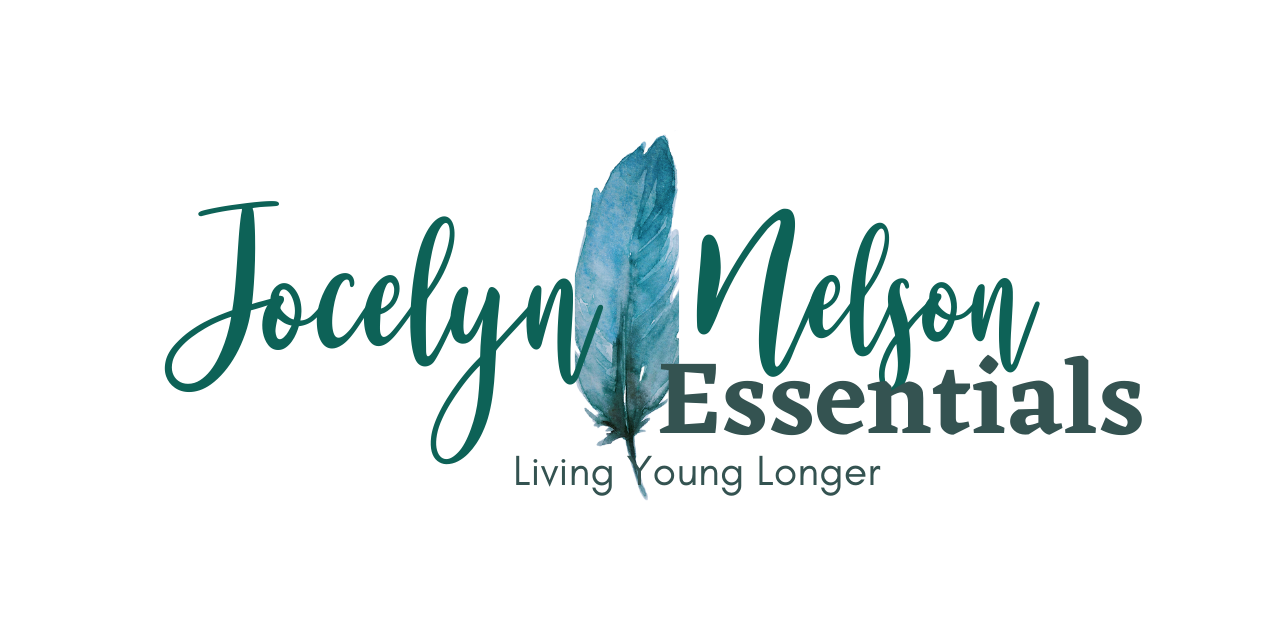
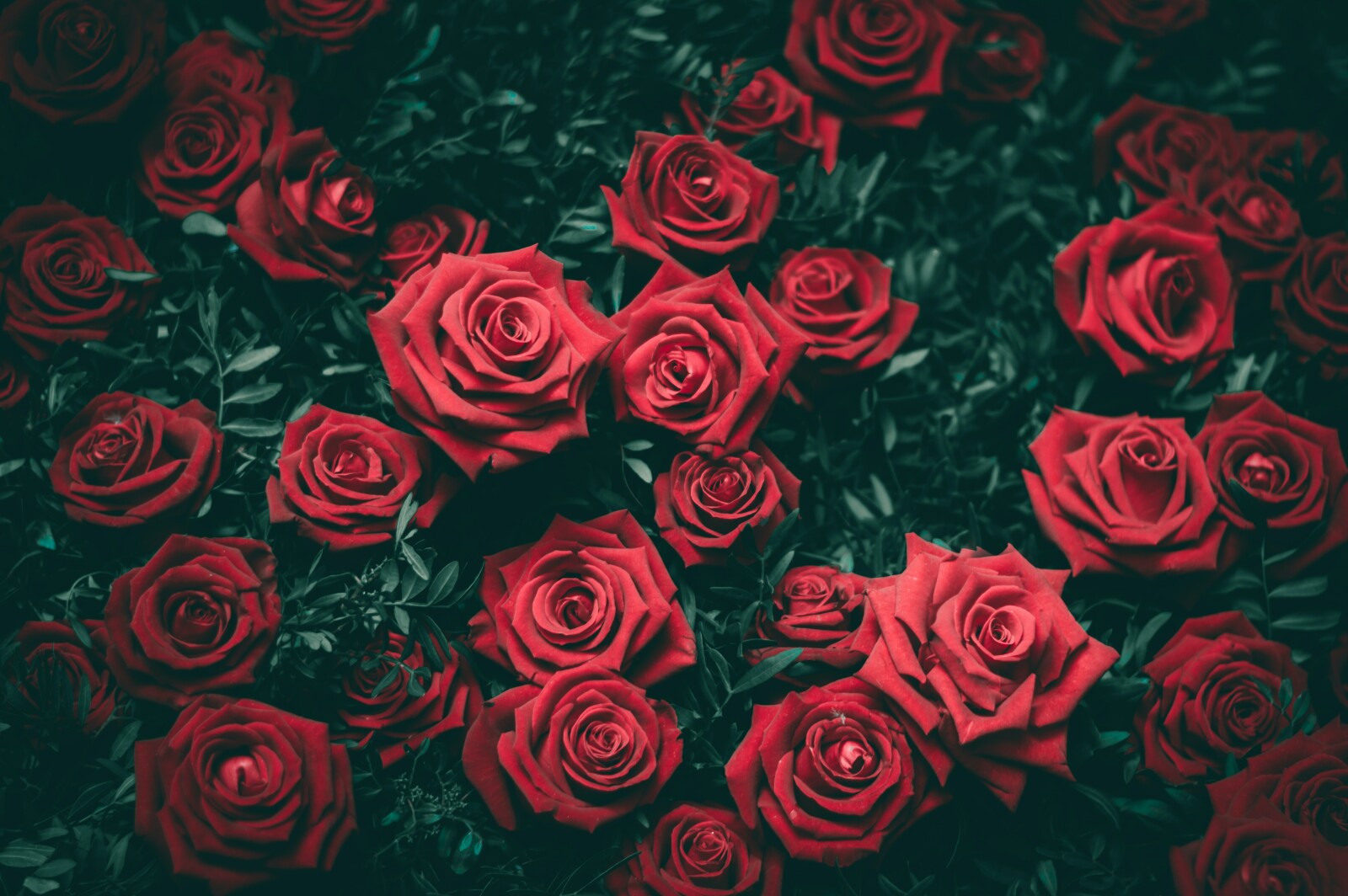

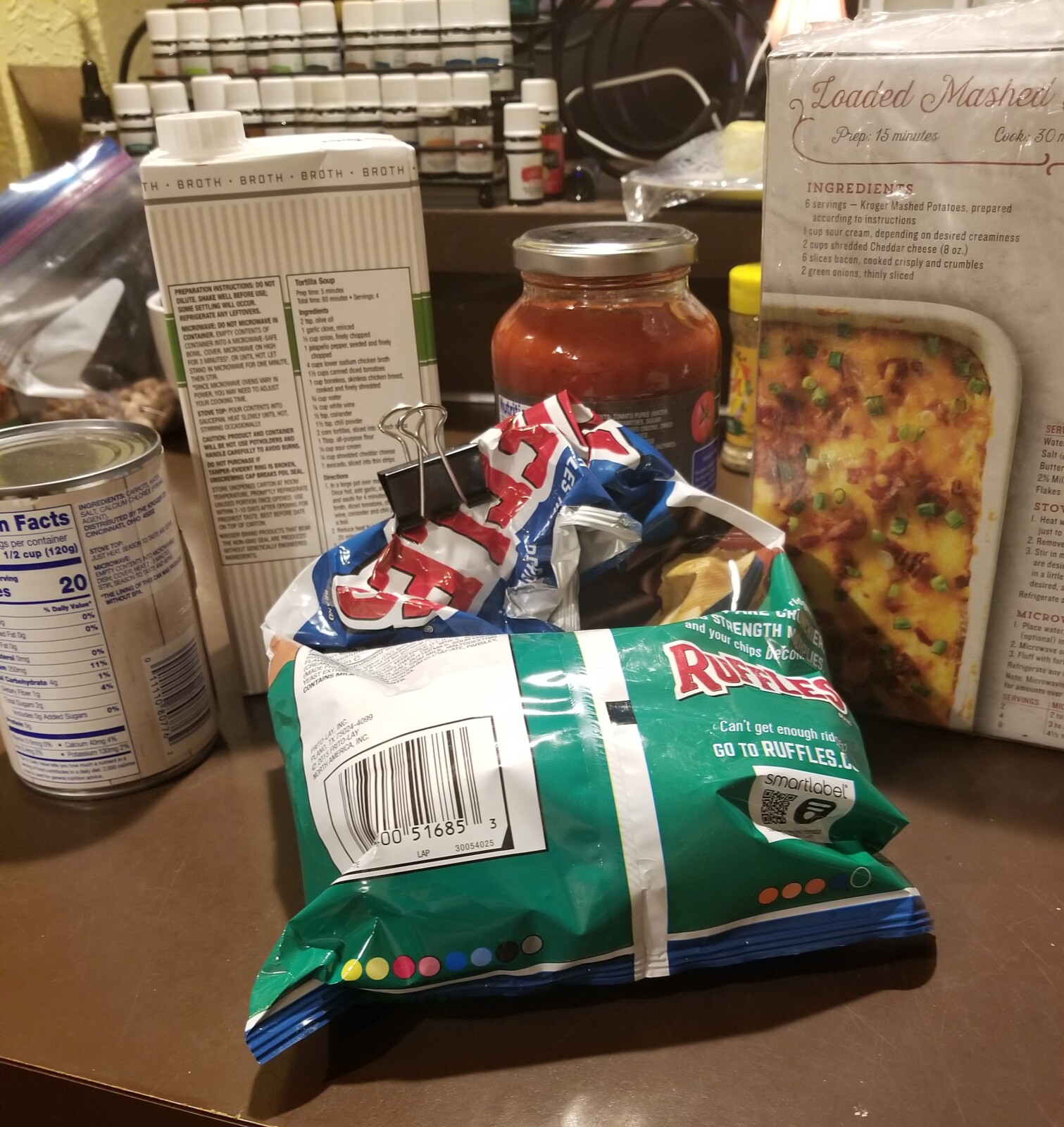



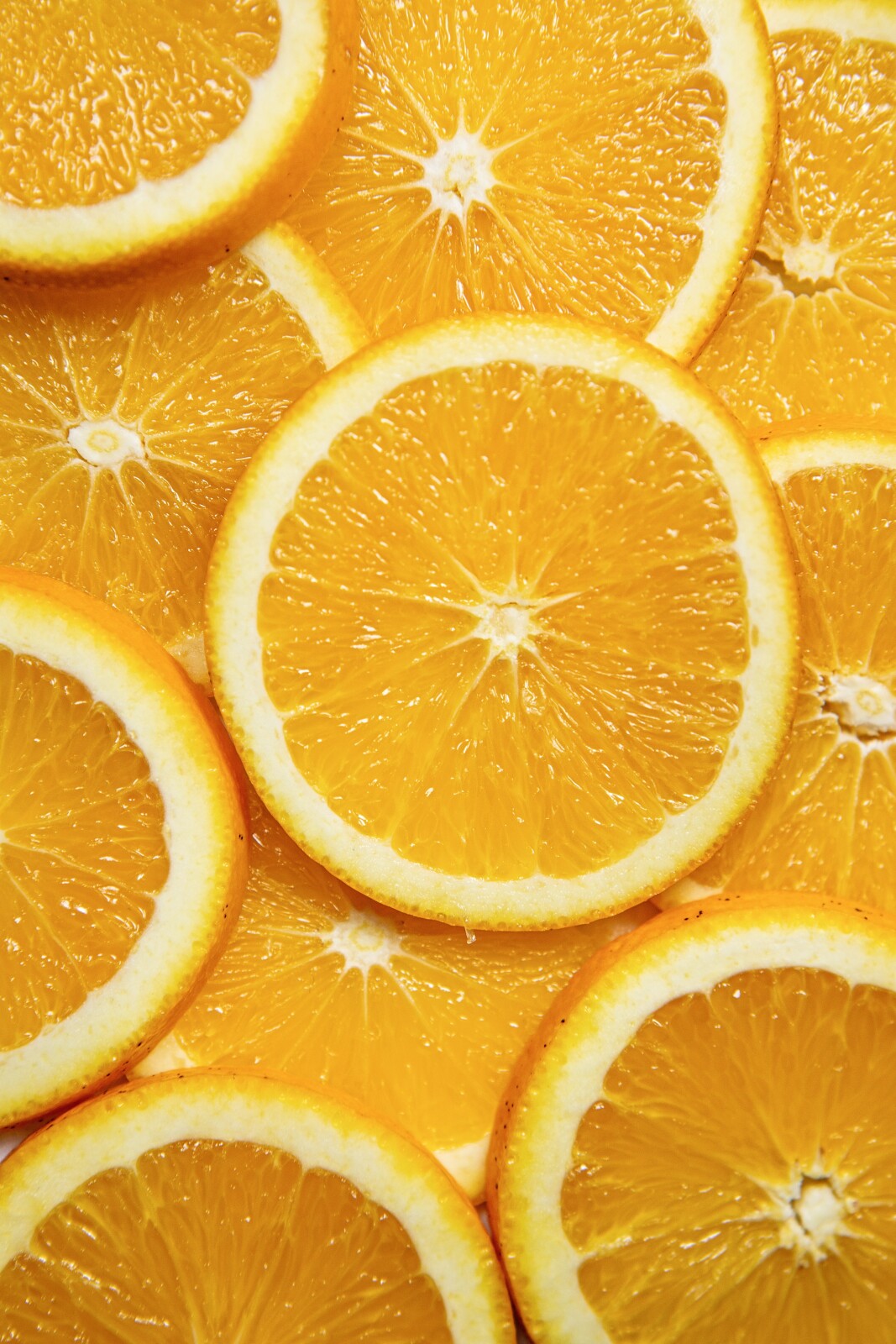
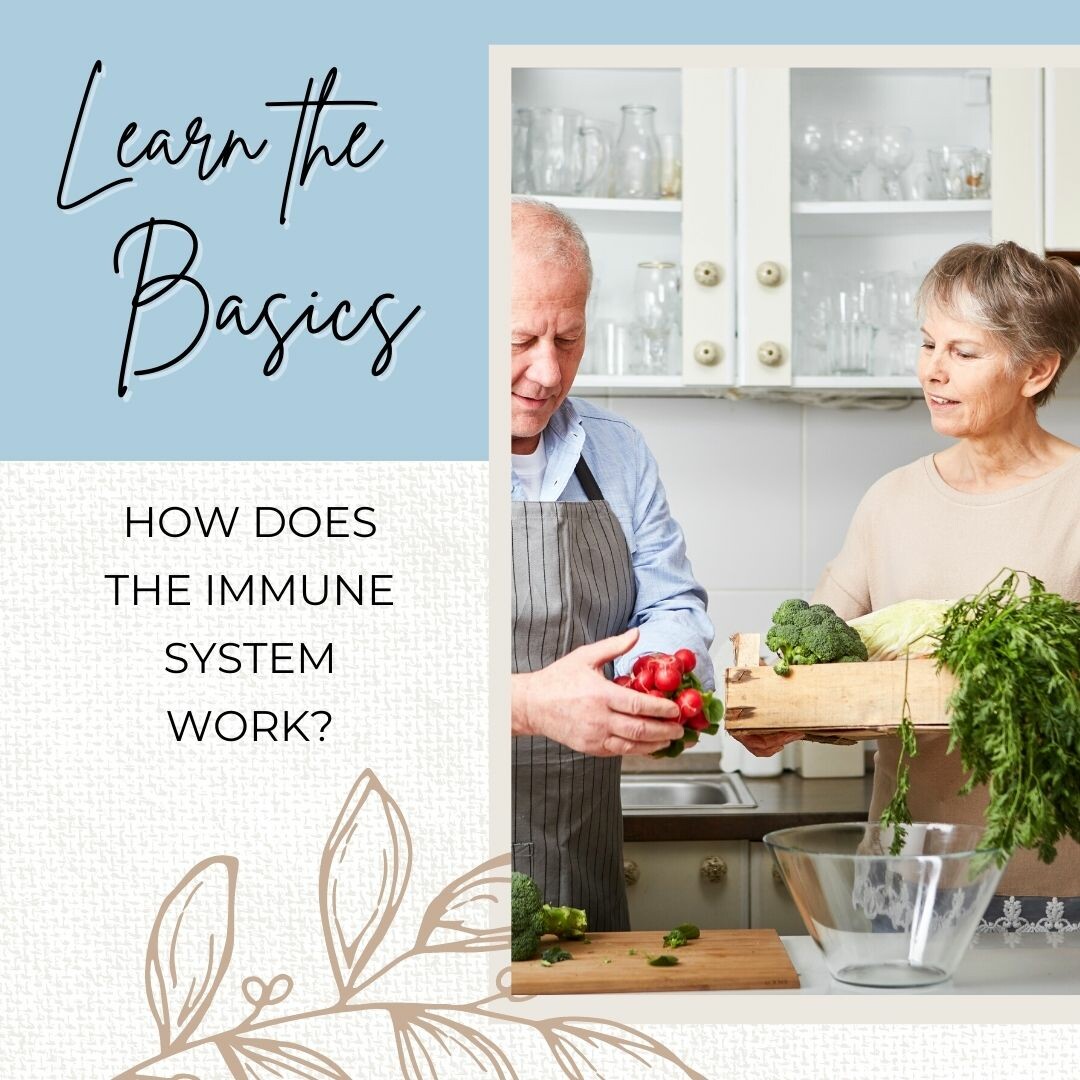

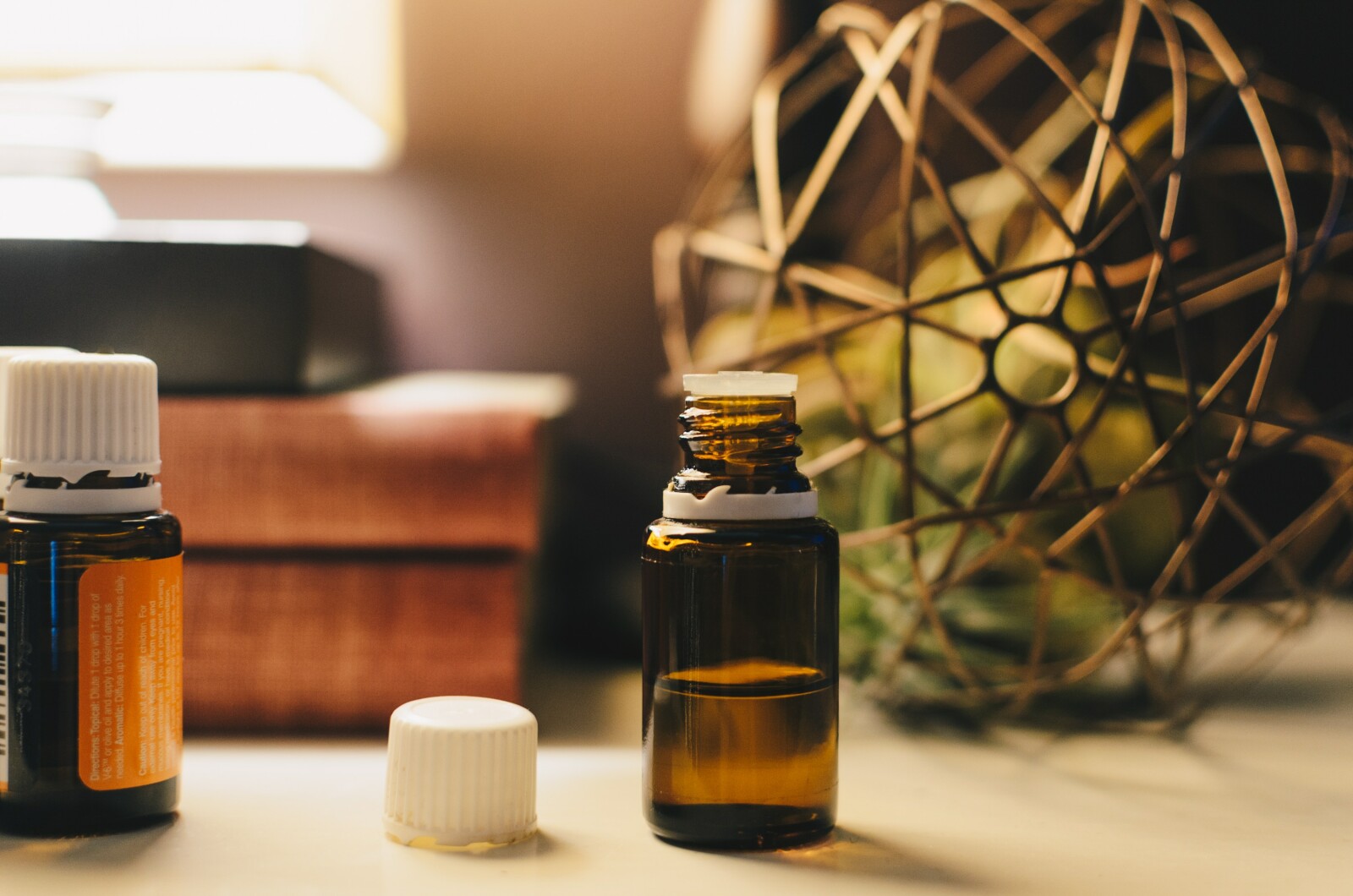




0 Comments